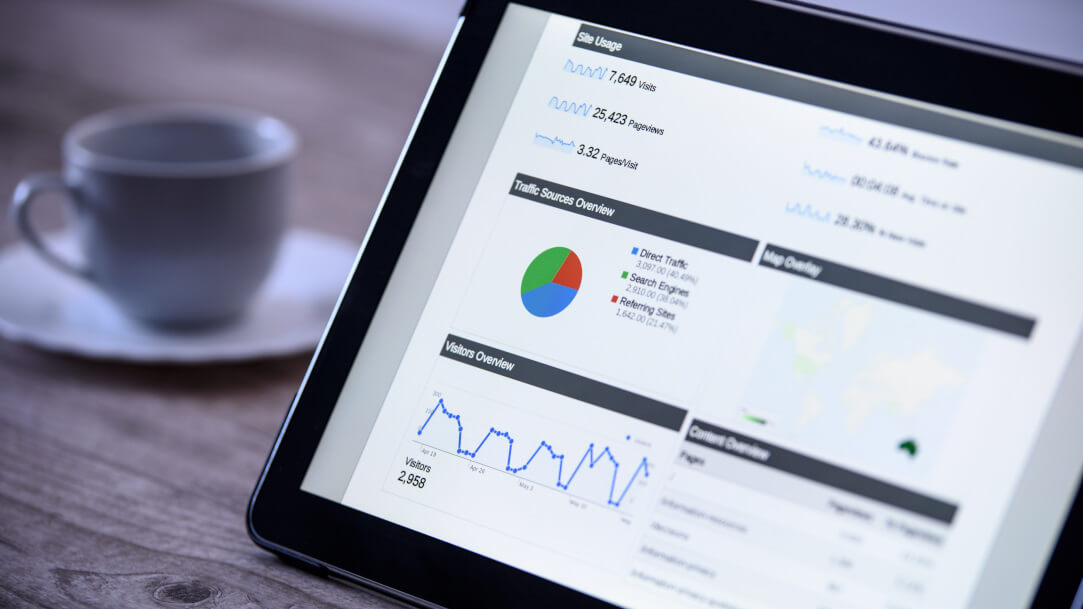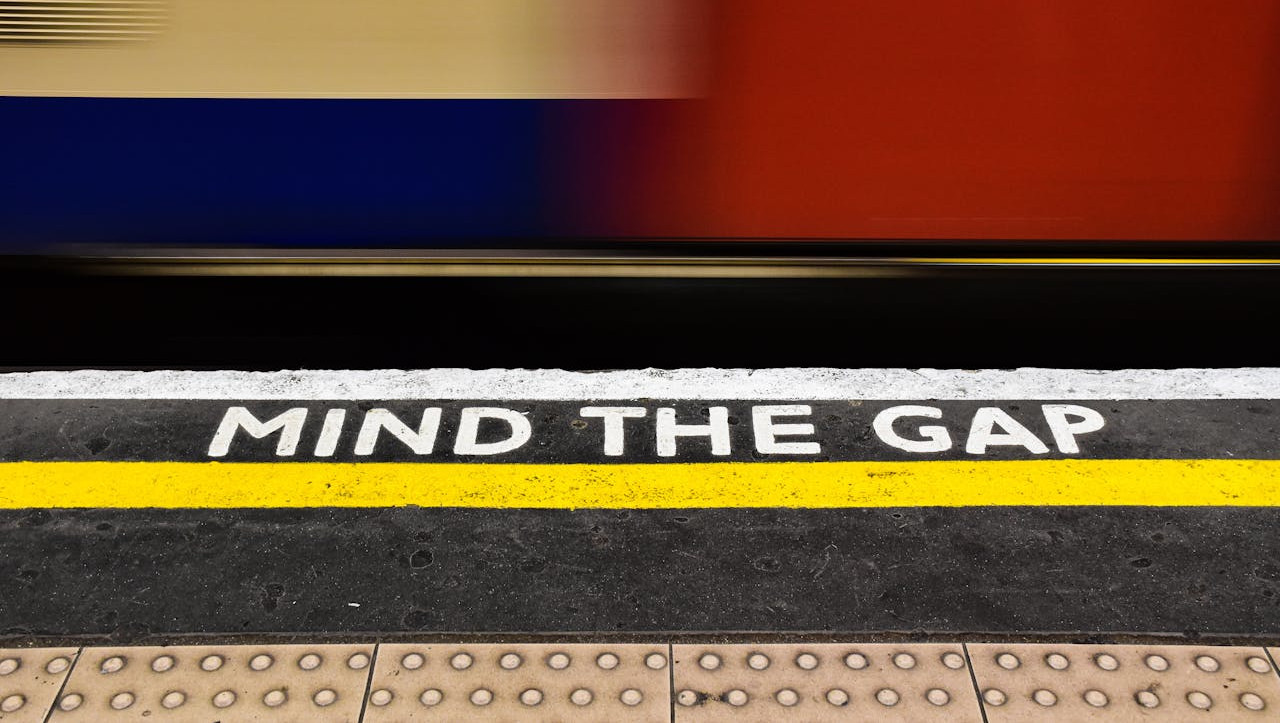
So far, coronavirus has mostly united rather than divided the travel industry.
That could soon change as corporations and hotels figure out room rates for the rest of the year and beyond following a series of trends that will influence pricing.
First, cleaning. Prices may rise due to the extra hygiene measures and protocols hotels are putting in place, in particular for those looking at 24-hour gaps or longer between guests.
On the other side, there will be weaker demand ahead, with a depleted army of road warriors after widespread furloughing and layoffs, ongoing anxiety concerns, and an expected shift to virtual meetings.
But with duty of care front of mind, more companies will want employees to book within the travel program, checking into designated hotels that meet stringent safety standards.
As a result, travel managers will be issuing request for proposals to build their hotel program to strict Covid-19 specifications.
BEST OF BOTH WORLDS
One procurement director at an international company, who wished to remain anonymous, told us they’re now looking at “dual-rate loading” for 2021, with fixed and dynamic pricing in place for each property.
Traditionally, hotels don’t accept both.
“The fixed rate is effectively acting as a spend cap so corporates have good cost visibility for the year ahead, but they’ll also have the dynamic aspect — a best available rate (BAR) discount — in place so that in a volatile pricing market, they pay less if that drops to the extent the floating discount is below the client rate,” said Keith Watson, vice president of supply at technology platform Roomex.
“Hotels don’t like dual-rate loading because it means we are getting the best of both worlds,” added the procurement director who wished to remain anonymous. “With a dynamic rate, the hotels make their main profit in the peak times when the dynamic rate is above a static rate. With us, this part of the ‘curve’ would be cut off. Therefore this will not go down well as a suggestion.”
They said their company’s request for proposals will be issued to hotels that are already in their program, to get these dynamic rates loaded in addition to static rates. Cost savings will be significant, as their dynamic rate is 15-25 percent off best available rate.
DOUBLE TROUBLE
Dual rates are also on Advito’s radar — but there is a caveat.
“This is another aspect that keeps popping up,” said Laura Kusto, senior director and global hotel practice lead at the consultancy. “It’s a good idea in theory and we do support pursuing it for a corporate’s top properties, but really only those where there is more of a symbiotic relationship between the company and the hotel.
“It has to be a close relationship because the delivery of this type of rate structure isn’t something hotels can consistently maintain.”




